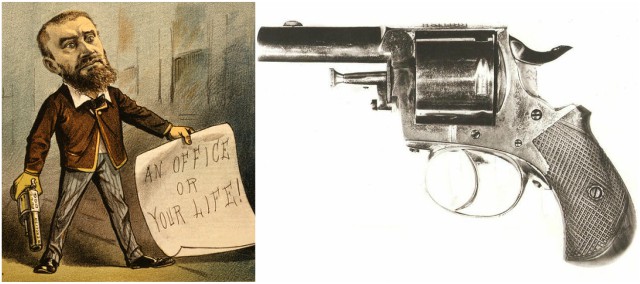After nine terms in the U.S. House of Representatives, James Garfield was nominated as the Republican candidate for the presidency in 1880, and one year later was elected as the United States’ 20th President.
Although his tenure in office is the second-shortest in U.S. presidential history, after William Henry Harrison, Garfield managed to make a mark while president. He initiated reform of the Post Office Department’s notorious “star route” ring; reasserted the superiority of the President over the U.S. Senate on the issue of executive appointments; tried to put an end to the political corruption by refusing to give jobs to people just because they had given their support during the campaign, believing that jobs should go to those most qualified.
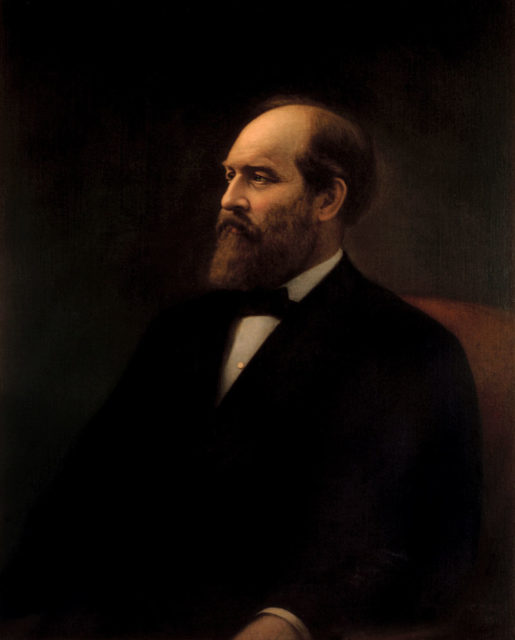
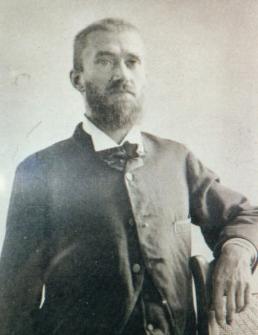
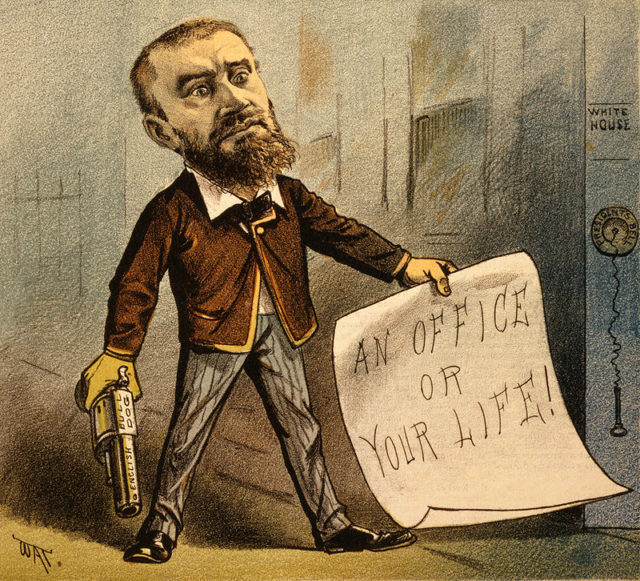
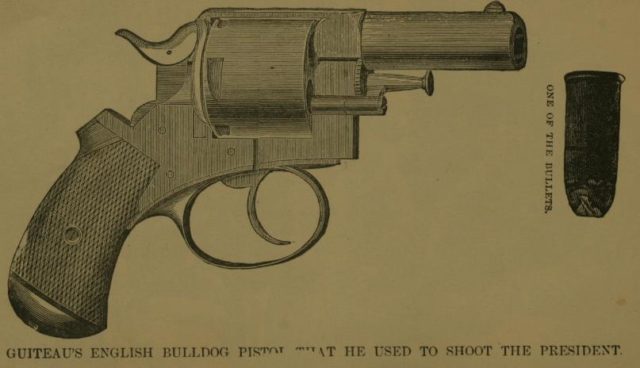
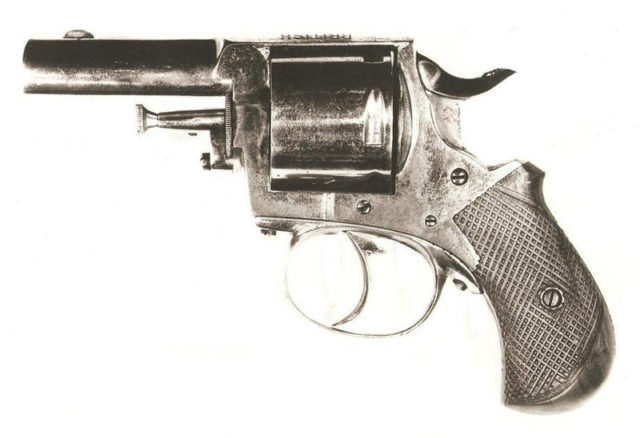
However, President Garfield is best known for being assassinated only 200 days in office. A former Garfield supporter named Charles Guiteau was angry because the President refused to give him a job in his administration as he felt that Guiteau didn’t have the quality necessary to be employed in his department. While Garfield was trying to put an end to the political corruption, handling more than 100 office seekers every day, Charles Guiteau put an end to his life.
Charles Guiteau hoped that the newly elected President, whom he supported during the campaign would name him minister to France and often visited the White House demanding to meet the President. Guiteau even met him on one occasion, but his efforts to convince Garfield that he was the right person to be named minister to France were fruitless.
Garfield’s decision angered Guiteau, so he started making plans to kill the President. Apparently, Guiteau had some mental health issues since he was convinced that God sent him on a mission to kill the President to save the Republic.
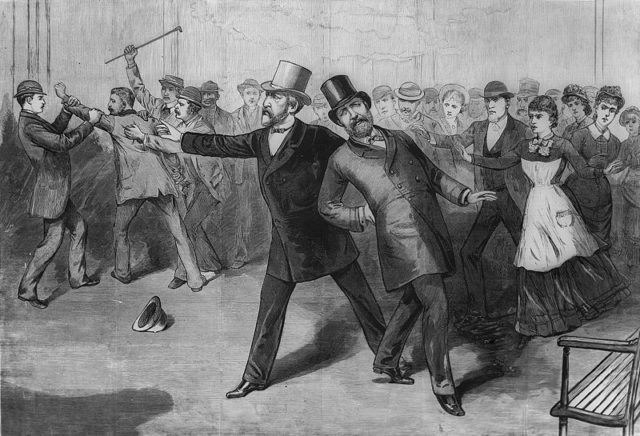
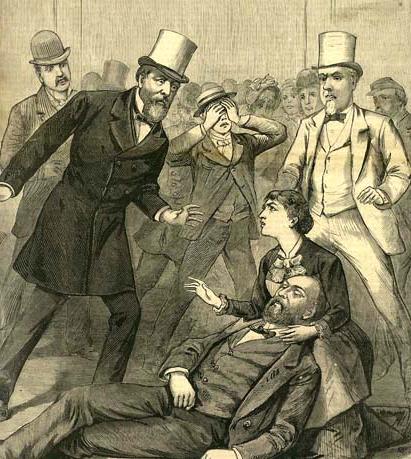
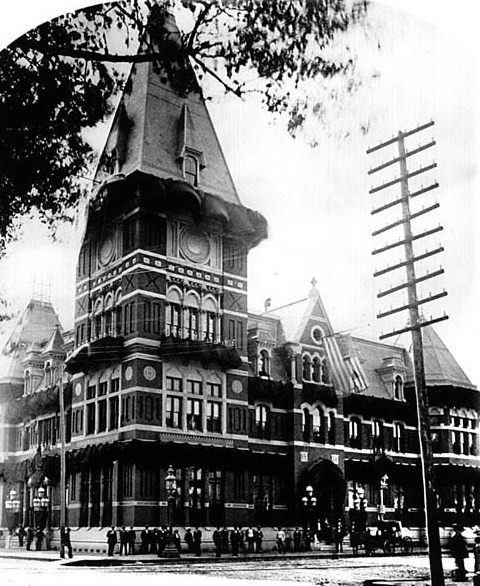
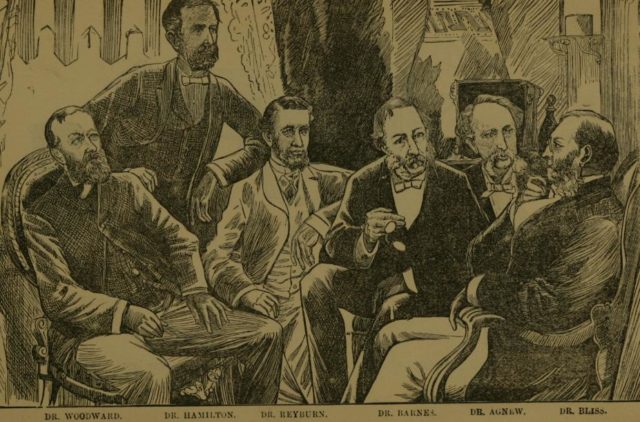
Guiteau borrowed $15 and went out to purchase a revolver. He bought a .442 Webley caliber British Bulldog revolver with an ivory handle, thinking that it would look nice in a museum after the assassination.
Guiteau knew little about firearms and spent the next weeks in target practice. He followed Garfield across Washington waiting for the perfect moment to liquidate the President. Reportedly, he even went to visit the district jail assuming that he would be placed there after the assassination.
On July 2, 1881, in a Washington railroad station, Charles Guiteau fired two shots point blank into the President. He almost missed with the first shot and only grazed the right arm of President Garfield, but the second bullet lodged in his abdomen. The President collapsed to the floor and cried out, “My God, what is that?”
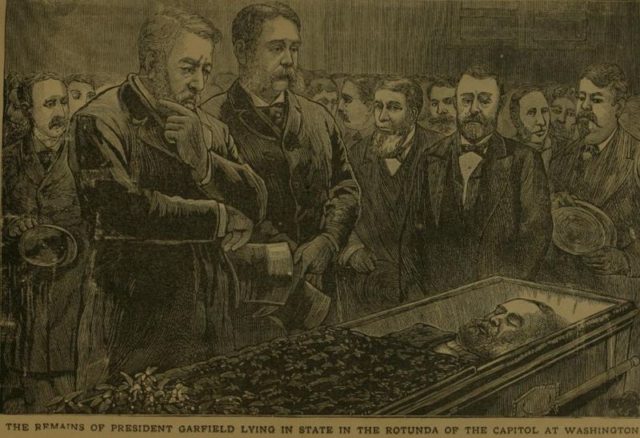
The shot was not fatal and didn’t hit any vital organs. However, the doctors who arrived to examine him made a crucial mistake by using their unsterilized fingers to probe the wound which probably led to the series of infections that eventually killed the President.
Guiteau tried to defend himself because of insanity, but about a year after he shot the President he was executed by hanging in Washington, D.C.
